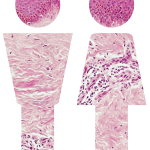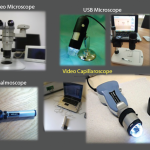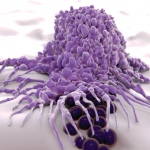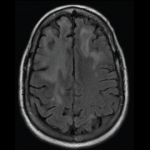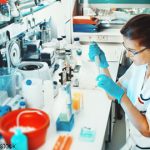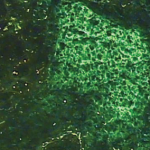Mysterious Ways The juxtaposition of the old and the new was readily evident that busy Wednesday morning. My first patient, a 94-year-old gentleman, Hal, arrived with a precise request. His rheumatologist for the past 40 years had just retired, and he was searching for a doctor with expertise in the use of gold sodium aurothioglucose,…


